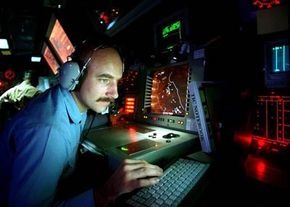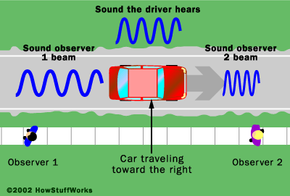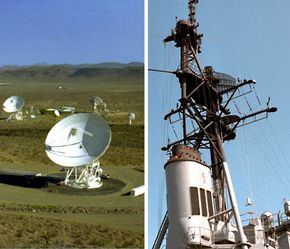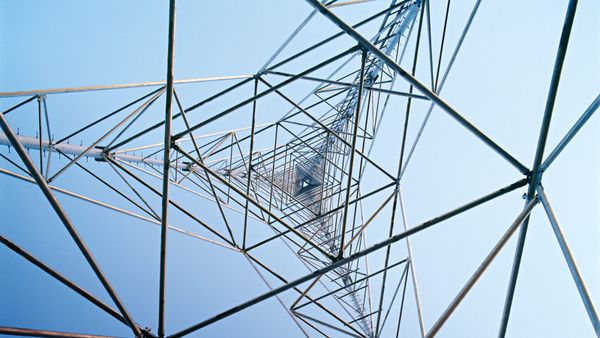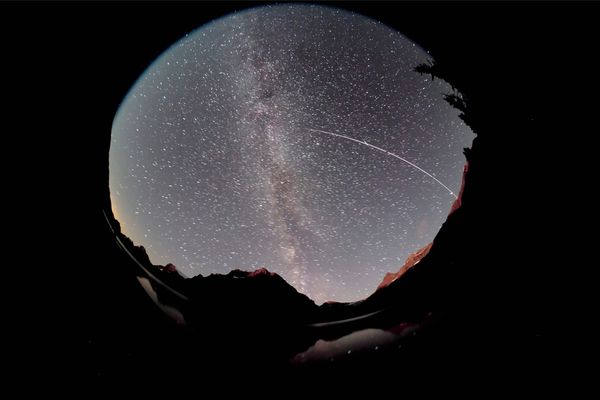What is radar? It's something that's in use all around us, although it's normally invisible. Radar stands for radio detection and ranging. Air traffic control uses radar to track planes on the ground and in the air. Police use radar technology to detect the speed of passing motorists.
NASA uses radar to map the Earth and other planets, track satellites and space debris and help with things like docking and maneuvering. The military uses radio detection and ranging to detect enemy aircraft with pulses of short radio waves.
Advertisement
Then there are meteorologists who use Doppler weather radar when tracking weather systems like storms, hurricanes and tornadoes because of radar's ability to work in a range of weather conditions. Doppler radar, for example, can detect precipitation.
You even see a form of radar technology at stores when the doors open automatically, thanks to radar sensors. Obviously, radar is an extremely useful technology. Understanding how radar works involves a look at what radar can help us do.
Advertisement
